Flanges are essential components used in piping systems, pressure vessels, and industrial equipment to connect pipes, valves, pumps, and other machinery. They provide a secure and leak-proof joint, allowing for easy assembly, disassembly, and maintenance of the system. Flanges are typically bolted together, with a gasket placed between them to ensure a tight seal.
Product Details
Key Features:
-
Connection Method: Flanges are joined by bolting two mating flanges together, with a gasket in between to prevent leakage.
-
Material Variety: Flanges are made from a wide range of materials, including carbon steel, stainless steel, alloy steel, and non-metallic materials like PVC, depending on the application and fluid compatibility.
-
Standardization: Flanges are manufactured according to international standards such as ASME (American Society of Mechanical Engineers), ANSI (American National Standards Institute), DIN (Deutsches Institut für Normung), and EN (European Norms), ensuring compatibility and interchangeability.
-
Types of Flanges: There are several types of flanges, each designed for specific applications:
-
Weld Neck Flange: Used for high-pressure and high-temperature applications, featuring a long tapered hub for reinforcement.
-
Slip-On Flange: Easier to install, as it slides over the pipe and is then welded in place.
-
Blind Flange: Used to seal the end of a piping system or vessel.
-
Socket Weld Flange: Designed for small-diameter, high-pressure piping.
-
Threaded Flange: Used for low-pressure applications where welding is not required.
-
Lap Joint Flange: Used with stub ends, allowing for easy alignment and disassembly.
-
-
Pressure Ratings: Flanges are rated for different pressure classes (e.g., 150#, 300#, 600#) to match the requirements of the system.
Advantages:
-
Ease of Assembly and Maintenance: Flanges allow for quick and easy disassembly, making maintenance and repairs more convenient.
-
Leak-Proof Joints: When properly installed with gaskets, flanges provide a reliable seal, preventing leaks.
-
Versatility: Available in various materials, sizes, and pressure ratings to suit different applications.
-
Strength and Durability: Flanges are designed to withstand high pressures, temperatures, and mechanical stress.


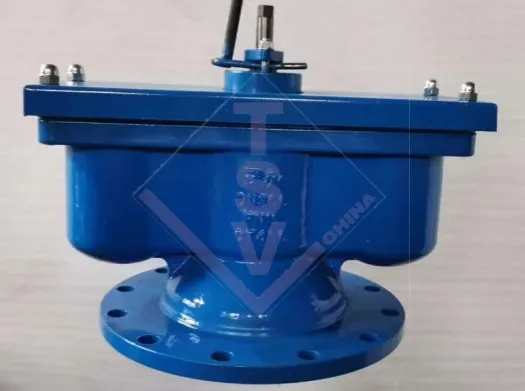
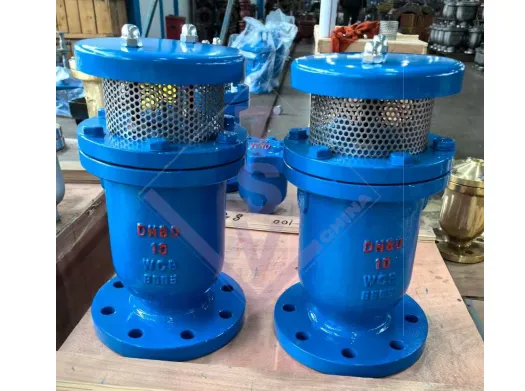
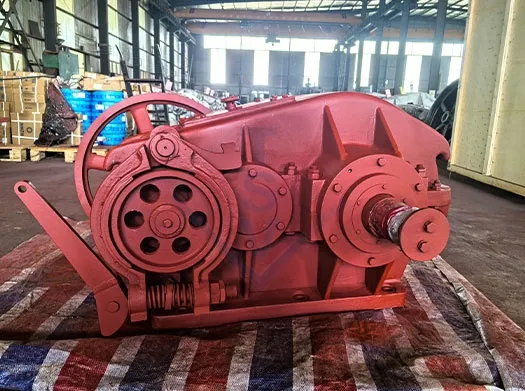
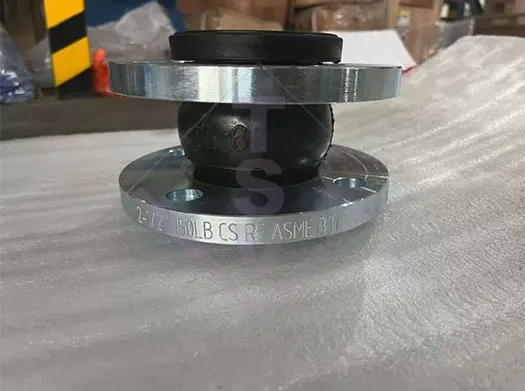
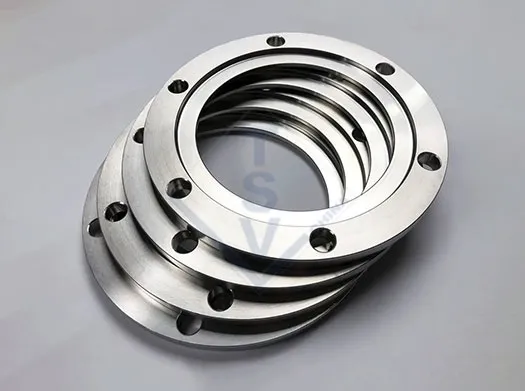
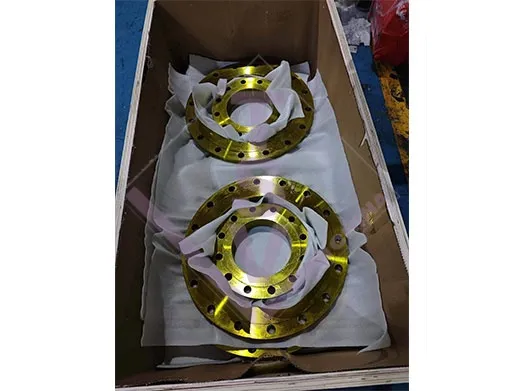
 Request a Quote
Request a Quote